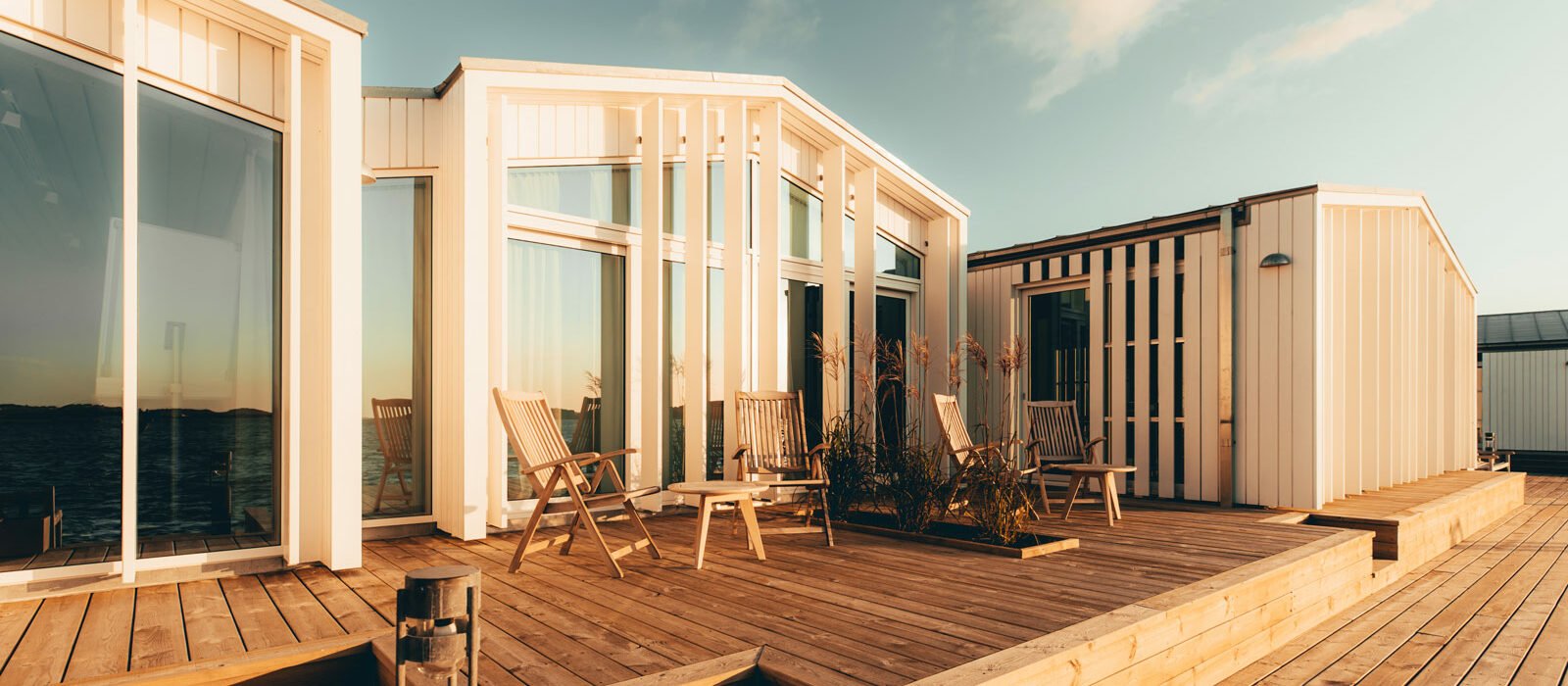Every second, restaurants around the country send out thousands of gallons of heated air through the kitchen ventilation. Air that needs to be replaced and heated at a high cost. Since the exhaust air often contains fat and soot from cooking, it can be a challenge to achieve a functioning energy recovery, but for those who succeed, there are great savings to be made, both for the wallet and for the climate.
Lars Nilsson at Gullmarstrand Hotel in Fiskebäckskil is one of those who have managed to take advantage of the heat from the kitchen and thus reduce their heating costs for the entire facility.
Here's Lars' story:
"In the autumn of 2021, we will make a decision on an investment of SEK 6.5 million in our restaurant kitchen, which meant both a total renovation but also an exciting expansion of the kitchen (staff got a fantastic working environment with wonderful sea views) designed by one of Sweden's leading architectural firms Claesson Koivisto Rune.
One of two goals of the new kitchen was that it should strongly contribute to the attractiveness of being able to recruit the best employees and to take a real step in our sustainability work with the goal of reducing our total energy consumption by 15% including our three pools' energy consumption being two on pillars out in the sea.
We had solved the energy consumption of our chillers, which became a completely new cooling plant where we went from 16 to 4 chillers, where both heat recovery and cooling were connected to our central geothermal heating plant. However, we had no solution to the missing link which was the energy recovery from the kitchen's exhaust fan which is 2000 l that sent heated air largely straight out into nothingness.
As if by chance, I read in DI about a Swedish revolutionary and patented invention that takes advantage of the heated fat-affecting exhaust air from the kitchen's hoods. I contacted the company called Enjay and quickly gained confidence in both the company, the person, and the product that led to a deal and was able to get their patented heat exchanger delivered just before Christmas 2021.
The result was that we reached our set target for energy reduction by far, during the first half of 2022 between 16.5-18%, a more accurate result we can point to after a year of operation with the high occupancy that we now have again after the first pandemic year. An additional economic effect of the Enjay plant itself is that the chimney sweep cost has been halved as the chimney sweep can easily with a quick coupling mount a hose in the ceiling of a floor drain in the kitchen and easily rinse off the heat recovery plant so that its high efficiency is intact at all times.
It was pure luck that we got hold of this solution just at the right time when we were about to make such an extensive investment and then everything fell into place.
Greetings
Lars Nilsson, Gullmarstrand Hotel"
Are you interested in knowing how you can achieve efficient energy recovery in your restaurant or hotel?
